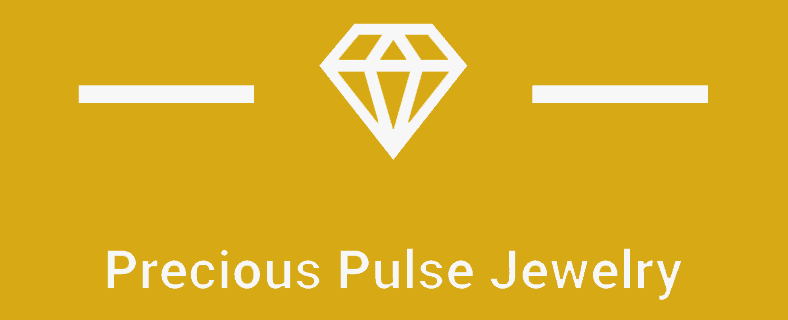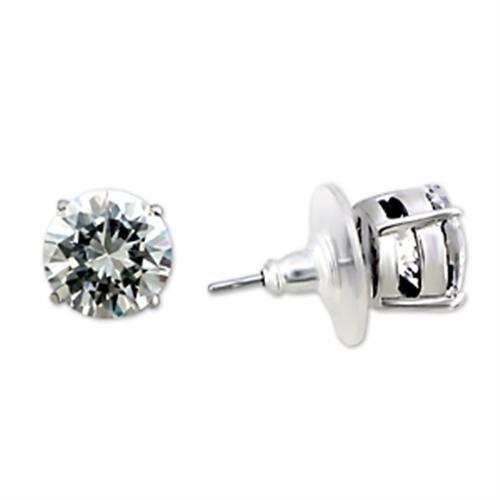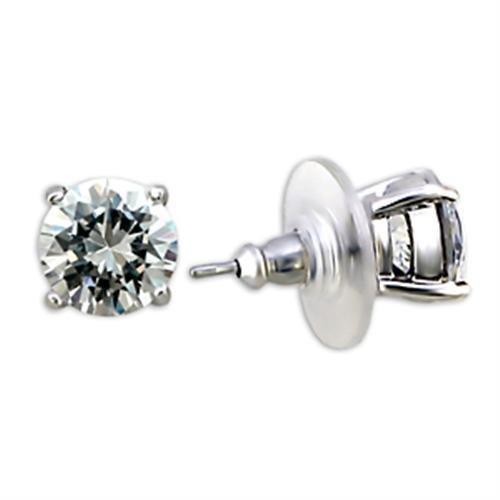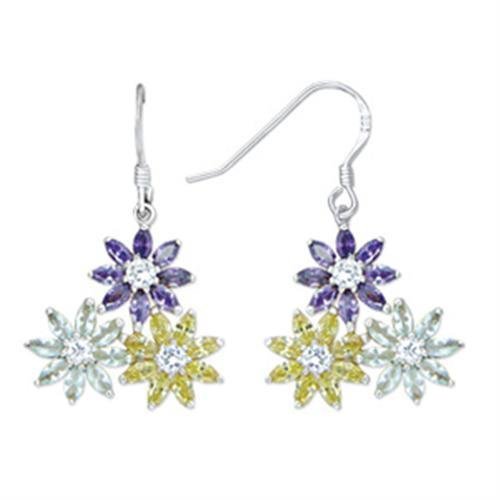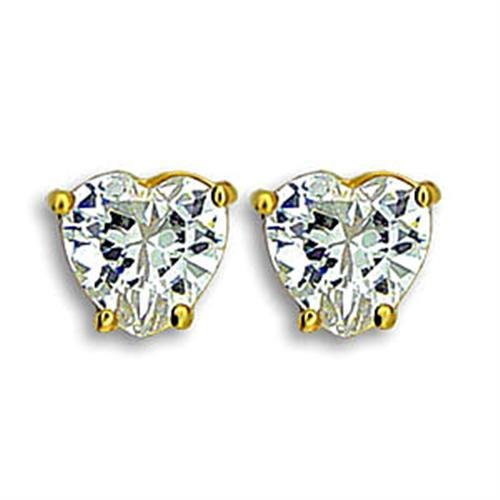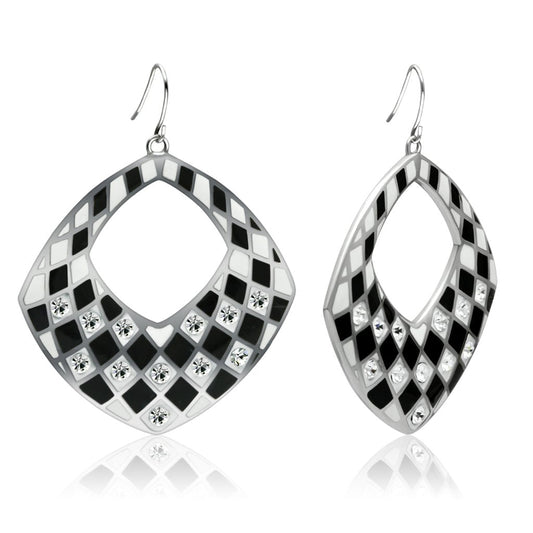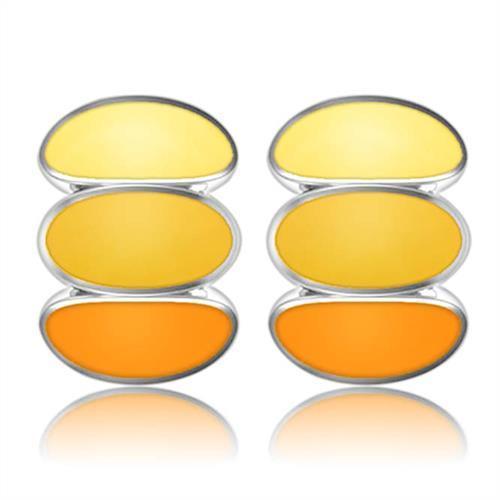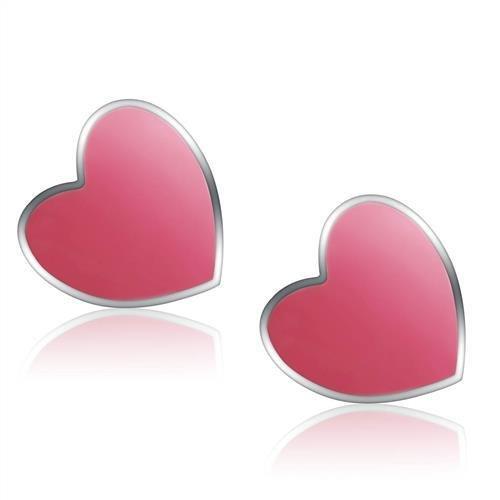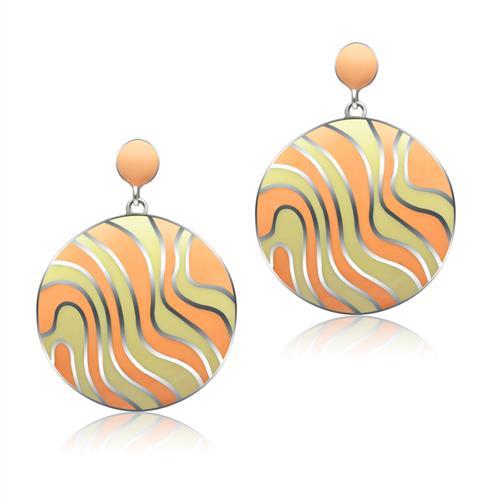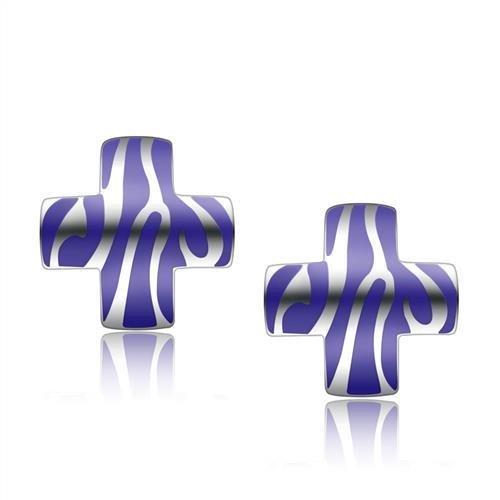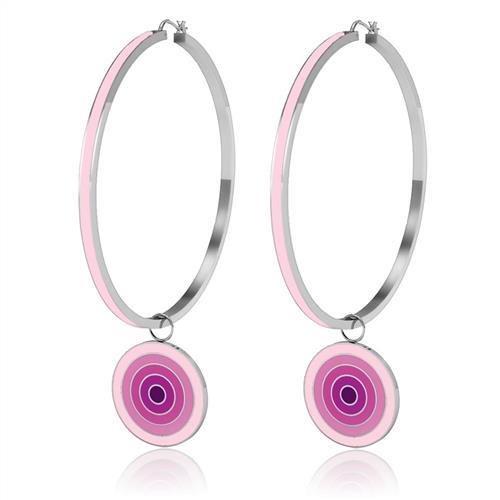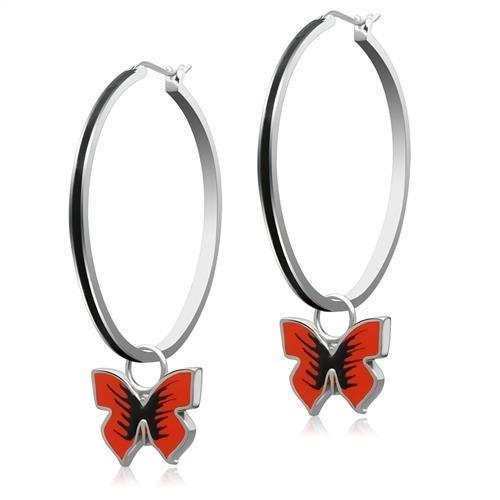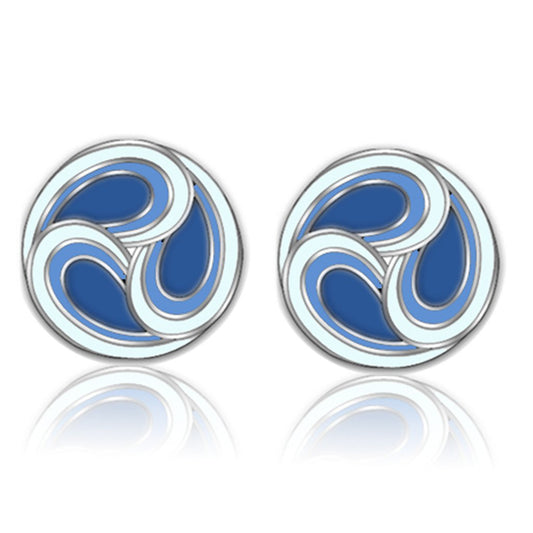In the world of jewelry, diamonds are perhaps the most sought-after gems. However, distinguishing a genuine natural diamond from synthetic counterparts and simulants requires a keen eye and some basic knowledge. This guide provides insight into identifying authentic diamonds through various tests and examinations.
Table of Contents
- Visual Inspection: A First Glance
- Loupe Inspection: Seeing Beyond the Surface
- Testing Durability: The Hardness Test
- Understanding Light and Heat: Advanced Testing
- Professional Verification: When in Doubt
- Synthetic vs. Natural Diamonds: Spotting the Differences
- Diamond Simulants: Understanding the Alternatives
- Practical Testing at Home and Beyond
- Consulting with Experts: The Final Verdict
- Caring for Your Diamonds
- Reflectivity and Refractivity: The Optical Phenomena
- FAQ: Identifying Natural Diamonds
Visual Inspection: A First Glance
The first step in identifying a natural diamond is a visual inspection. Natural diamonds often have unique characteristics that set them apart from synthetic ones. One should look for irregularities in the crystal form such as natural crystal shapes like octahedrons or less commonly, cubic forms. Additionally, unpolished surfaces and distinctive shapes are telltale signs of a diamond's natural origins.
Loupe Inspection: Seeing Beyond the Surface
A jeweler's loupe is an indispensable tool in the gemological world. Using a magnifying loupe to examine a diamond allows you to spot natural inclusions or internal flaws which are rarely seen in synthetic diamonds. These inclusions are remnants of the chaotic environment in which diamonds form naturally.
Testing Durability: The Hardness Test
One of the defining characteristics of a diamond is its hardness. Diamonds are renowned for being the hardest naturally occurring material on Earth, capable of scratching almost any other material, including corundum (sapphire or ruby). Testing a diamond's hardness can be a clear indicator of authenticity. However, this test should be conducted carefully to avoid damaging the diamond or other jewelry pieces. You can find more on durable diamond pieces in our bracelets collection.
Understanding Light and Heat: Advanced Testing
Advanced tests often involve understanding a diamond's interaction with heat and light:
- Thermal Conductivity: Diamonds conduct heat efficiently. Tools like a diamond tester measure this property to confirm if a diamond is real.
- Fog Test: Due to their effective heat dispersion, any fog produced by breathing on a diamond will clear up almost instantaneously.
- UV Light Test: Some natural diamonds show fluorescence when exposed to ultraviolet light, which can be a sign of authenticity.
- Reflectivity and Refractivity: Observing how a diamond interacts with light — its sparkle and the way it refracts light — is crucial. Natural diamonds have a unique brilliance that is difficult to replicate in synthetic versions.
Professional Verification: When in Doubt
For those looking to be absolutely certain of their diamond's authenticity, professional verification is recommended. Consulting with a certified gemologist or employing professional equipment can provide a conclusive assessment. This step is especially important for high-value pieces and is a service often offered by reputable jewelers.
Synthetic vs. Natural Diamonds: Spotting the Differences
The creation of synthetic diamonds has advanced significantly, offering gems that closely mimic the properties of natural diamonds. However, there are subtle differences that can help identify whether a diamond is mined or manufactured:
- Growth Patterns: Synthetic diamonds often have growth patterns that differ from those found in nature. These can sometimes be seen with the naked eye but are more often discerned under magnification.
- Inclusions: Synthetic diamonds typically have metallic inclusions or other distinctive types of flaws that are not found in natural stones.
- Price and Size: Generally, synthetic diamonds are less expensive and available in larger sizes for the same price as smaller natural diamonds.
Diamond Simulants: Understanding the Alternatives
Another important aspect of diamond identification is recognizing materials that are not true carbon crystals but are instead simulants. These include:
- Cubic Zirconia and Moissanite: These are the most common simulants. They can often be identified by their excessive brilliance and fire. Moissanite, for example, has a higher refractive index and will display more colorful fire than a natural diamond.
- Transparency Test: Real diamonds do not show transparency when placed over a dot or text, a simple test that can reveal a simulant.
- Weight and Size Analysis: Simulants usually differ in density; for example, cubic zirconia is about 1.7 times heavier than a diamond of the same size, which can be noticeable when handling the gemstone.
For more intricate jewelry designs that feature these unique stones, you might want to check our brooches collection.
Practical Testing at Home and Beyond
Aside from professional appraisal, there are a few tests that anyone can perform at home to help determine if a diamond is real or a simulant:
- Water Test: Drop the stone into a glass of water. Due to their density, diamonds will sink quickly to the bottom, while many simulants float or sink more slowly.
- Fog Test Revisited: As mentioned earlier, real diamonds clear up fog from breath almost immediately, a result of their high thermal conductivity.
Consulting with Experts: The Final Verdict
When significant value or doubt is involved, consulting with a gemologist or taking the diamond to a certified lab for professional verification offers peace of mind. These professionals use specialized equipment to measure not only thermal and electrical conductivity but also other properties that are not easily mimicked by synthetic methods or simulants.
Caring for Your Diamonds: Keeping the Sparkle Alive
Diamonds, while durable, require careful handling and regular maintenance to keep them looking their best:
- Regular Cleaning: Use a solution of mild dish soap and warm water to gently clean your diamonds. Brush them lightly with a soft toothbrush, taking care to reach underneath the setting where dirt and oil can accumulate.
- Annual Check-ups: Just like any valuable investment, diamonds benefit from professional inspections. A jeweler can check for loose settings and wear and offer expert cleaning.
- Avoid Harsh Chemicals: Exposure to harsh chemicals can dull the appearance of diamonds. Remove your diamond jewelry during tasks that may expose them to chemicals such as cleaning, painting, or swimming.
- Storage: Store your diamonds separately from other jewelry to prevent scratches. Soft cloth pouches or individual sections in a jewelry box are ideal.
Caring for your diamonds ensures that they continue to shine and impress. For exquisite diamond designs that might inspire your next purchase, explore our necklace collection.
Reflectivity and Refractivity: The Optical Phenomena
Understanding how light interacts with your diamond can not only help in its identification but also in appreciating its true beauty:
- Brilliance: This is the total light reflected from a diamond. The cutting and polishing of a diamond significantly affect its brilliance.
- Fire: The dispersion of light into the colors of the spectrum is what gives a diamond its fire. The angles at which a diamond is cut play a crucial role in this effect.
- Scintillation: This refers to the flashes of light or the sparkle when a diamond is moved under light.
FAQ: Identifying Natural Diamonds
Here are the top 10 frequently asked questions regarding how to identify natural diamonds, providing quick and clear answers for enthusiasts and buyers alike.
- Can a diamond's color indicate whether it is natural or synthetic? Yes, the color of a diamond can be an indicator. Natural diamonds come in various colors and can have slight color variations due to impurities. Synthetic diamonds often have a more uniform color because they are grown in controlled conditions.
- How reliable are diamond testers in identifying natural diamonds? Diamond testers are quite reliable as they measure thermal and electrical conductivity. Natural diamonds conduct heat differently than synthetic diamonds or simulants, making these tools effective for initial assessments.
- Is it possible to identify a natural diamond by its weight alone? While weight alone isn't a definitive test, it can provide clues. Natural diamonds have specific densities, so if a stone's weight isn't consistent with its size, it could be a simulant or synthetic diamond.
- How do I use a loupe to inspect a diamond? To use a loupe, hold the diamond under sufficient lighting and examine it through the lens. Look for inclusions, irregularities, and the overall clarity which can indicate if the diamond is natural.
- What should I look for in diamond certification to confirm it's natural? Look for certifications from reputable labs like GIA or AGS. These documents should specify whether the diamond is natural or synthetic and include details about its 4Cs—color, clarity, cut, and carat.
- Are there any geographical origins that can help verify a diamond's natural status? While the origin isn't a foolproof method of verification, diamonds from certain regions, such as Africa, Canada, and Russia, are traditionally known to be natural due to their mining histories.
- What are the most common mistakes people make when trying to identify a natural diamond? Common mistakes include using unreliable testing methods, not consulting professionals for high-value diamonds, and confusing diamond cut brilliance with the optical properties of natural diamonds.
- Can the setting of a diamond give clues to its authenticity? Sometimes. High-quality settings are often used with natural diamonds, while cheaper metals might suggest the gem could be synthetic or a simulant. However, this isn't a definitive test, as settings can vary widely.
- Are there specific tools I should own to test diamonds at home? A jeweler's loupe, a diamond tester, and a UV light are basic tools that can help in identifying natural diamonds. These are accessible and easy to use with a bit of practice.
- What is the most definitive way to confirm a diamond is natural? The most definitive way to confirm the authenticity of a diamond is to have it evaluated by a certified gemologist using advanced gemological instruments. This professional assessment provides the most reliable confirmation of whether a diamond is natural.
